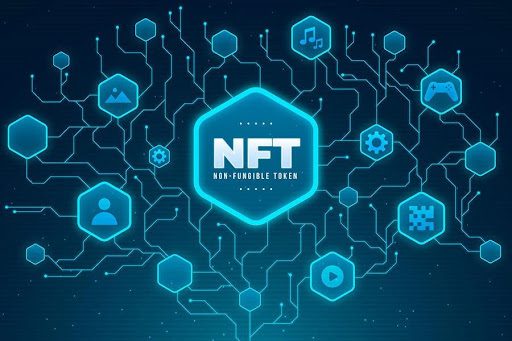Blockchain technology was the basis for the creation of a digital analogue of money: cryptocurrencies. Later, based on cryptocurrencies, there appeared substitutes for securities: tokens. The next step was the digitization of all other goods from the real world. Non-exchangeable tokens allow the creation of such digital commodities. You may encounter different names for these tokens: NFT, Non-fungible token.
NFTs are different, just like non-fungible goods in the real world. If one bitcoin is not different from another bitcoin, then each NFT is unique. This property is what allows information about any real-world object to be represented in the onockchain. Use the Transcription service to buy usdt сredit card and then invest in NFT.
What are NFT?
All things differ in their degree of uniqueness. An artist's painting exists in a single copy, while clothing is produced in large batches. To determine these differences, there are different NFT standards. The Ethereum-based NFT standards are ERC-721, ERC-1155, and ERC-998.
Now that we understand what non-interchangeable tokens are, let's understand their scope.

Blockchain games
Games with collectibles are the most common area of the NFT ecosystem. The first successful project using NFT was the game CryptoKitties. It became so popular that, by late 2017, players were overloading the Ethereum blockchain due to high activity.
The point of CryptoKitties is to breed virtual kittens. They can be crossed with each other to produce offspring with unique appearances. The rarer the kitten's appearance, the more valuable it is. At any time, kittens can be exchanged or sold for ETH. All Cryptokitties differ in appearance, price, and generation. The peculiarity of the game is that it is built entirely on blockchain.
Blockchain brings new features to game mechanics that were previously only available in physical games. For example, the creation of secondary markets that can work outside games. Imagine that a virtual machine could be sent to another game, to an exhibition, or to an auction. That's how the NFTs in the F1 racing simulator Delta Time are set up.
Digital Art
If you want to copyright digital data, you need to gather documents and apply for it. Instead, you can create an NFT, a one-of-a-kind digital item. It cannot be copied and is difficult to steal. The token will contain a link to the work and the address of the owner, and will serve as proof of ownership.
Digital art objects have another important advantage. In a smart contract, it is possible to spell out the conditions under which the creator will receive royalties—a percentage of sales of his work. Rarible, a service for buying and selling digital works of art, provides such an opportunity.
Blockchain domains
The third largest seller of NFTs is naming services. Their products are similar to domain names like “.ru” but are based on blockchain. The Ethereum Name Service allows you to create a website with the ending “.eth”. The service launched in May 2017 and has a turnover of 170,000 ETH. Coins paid for rent are locked by a smart contract for as long as the participant owns the domain name.

Metaverse
You can tokenize things within the Metaverse. Unlike the games, the Metaverse has no story. It's an attempt to recreate reality in a digital space and keep things as free as possible. NFTs are indispensable for this purpose. If you want to store Metaverse tokens outside it, use https://trastra.com/mobile-app/.
Conclusion
NFTs allow you to create digital things with the same property that real things have: irreplaceability. Such non-interchangeable tokens solve the problem of ownership of digital assets and make their storage safer.





